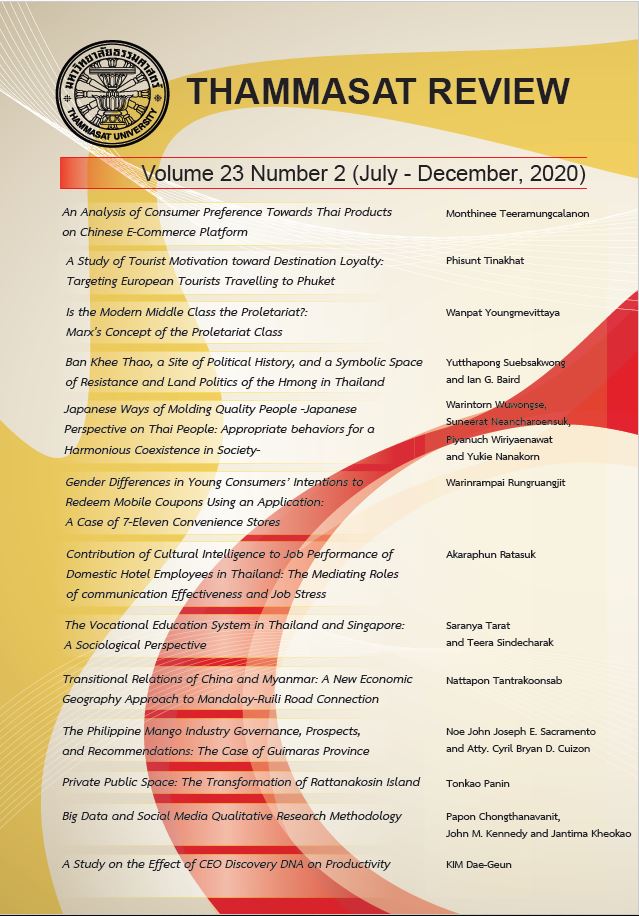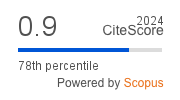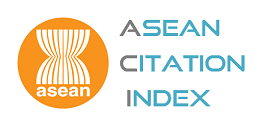Private Public Space: The Transformation of Rattanakosin Island
Keywords:
Rattanakosin Island, City Fabric, Public Space, Private Public SpaceAbstract
This research aims to explore Rattanakosin Island and the transformation of its spatial structure, in both its practical and theoretical aspects. It intends to examine the changes within the city fabric and public spaces during the past two hundred years focusing on the practical, functional, as well as representational and symbolic aspects. The research also involves an investigation into the concept of private and public spaces. It investigates ways in which we relate to the spatial structure of the city, whether the definition of our private and public spaces similar to those of the West, as well as the criteria for the creation as well as transformation of the city fabric in different social and cultural contexts. The research employs two interrelated methods of historical-literature studies and physical surveys of actual street and space patterns in Rattanakosin Island. It is found that for the spatial uniqueness for Rattanakosin Island, being a part of the public means being a part of a specific community, rather than being a part of a city as whole. Public does not mean universal but refers to socio-cultural specificities of each community. Public space for the Thais in Rattanakosin Island is thus an extension of private domain, separate from it, yet closely linked and connected. It is the type of public that allows one to truly share and exchange personal contacts, rather than to observe and remain unseen as that of the West. Only when we understand these issues, can we begin to explore the possibilities to design architectural constructs that are truly embedded within our city fabric.
Downloads
Published
How to Cite
Issue
Section
License
The opinions and ideas expressed in all submissions published in Thammasat Review are solely that of the author(s) and do not necessarily reflect that of the editors or the editorial board.
The copyright of all articles including all written content and illustrations belong to Thammasat Review. Any individuals or organisation wishing to publish, reproduce and distribute a particular manuscript must seek permission from the journal first.








